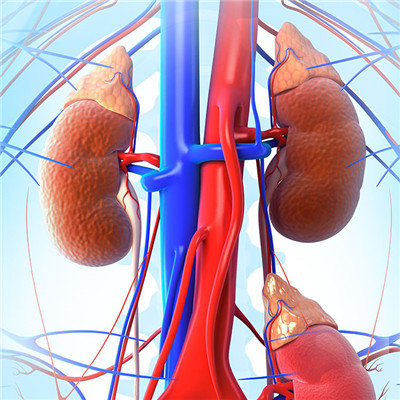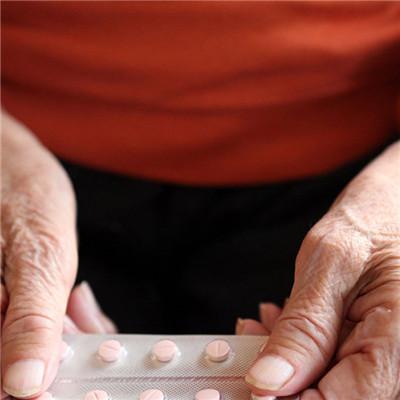How is synovial sarcoma formed
summary
Synovial sarcoma is a kind of malignant tumor, which mainly occurs in the waist and thigh. It has limited function and needs active surgical treatment. Let's see how synovial sarcoma is formed.
How is synovial sarcoma formed
First of all, synovial sarcoma is a kind of malignant tumor originated from the soft tissue of joints, synovium and tendon sheath synovium. The major joints of the extremities are the most common sites, which can also occur on the muscular membrane and fascia of the forearm, thigh and back. The main clinical symptoms were local swelling, mass, pain and limited activity. The main treatment was operation. The etiology of synovial sarcoma is still unclear.
Secondly, synovial sarcoma is a painless mass near the joint. The patient may have swelling or mass around the joint, and the mass can extend to the whole forearm along the soft tissue. There may be varicose veins on the surface of the skin. The texture of the mass is medium, and it can be hard or soft. There were different degrees of pain, dull pain or dull pain, severe pain in the later stage, and significant pain at night. Some patients have limited local limb movement.
Finally: the treatment of synovial sarcoma is mainly surgical resection, and extensive resection is required. If there is vascular invasion, the vessels need to be removed at the same time. The resection is not complete, and the local recurrence rate is high. The disease is easy to metastasize to the lung through blood circulation, and also has lymph node metastasis. If the drainage lymph node is large, lymphadenectomy should be performed when the tumor is removed. The 5-year survival rate of this disease is 20% ~ 50%. If the local resection is not complete, radiotherapy can be supplemented. At present, the effect of chemotherapy is uncertain. Synovial sarcoma is a highly malignant tumor. Due to distant metastasis, the prognosis of synovial sarcoma is relatively poor. Chemotherapy drugs are mainly used as postoperative adjuvant therapy, and antibiotics are also needed to prevent infection.
matters needing attention
Synovial sarcoma can metastasize to both regional lymph nodes and distant lung. Incomplete resection has a high recurrence rate. In addition to active treatment, but also actively observe the condition, regular review.













